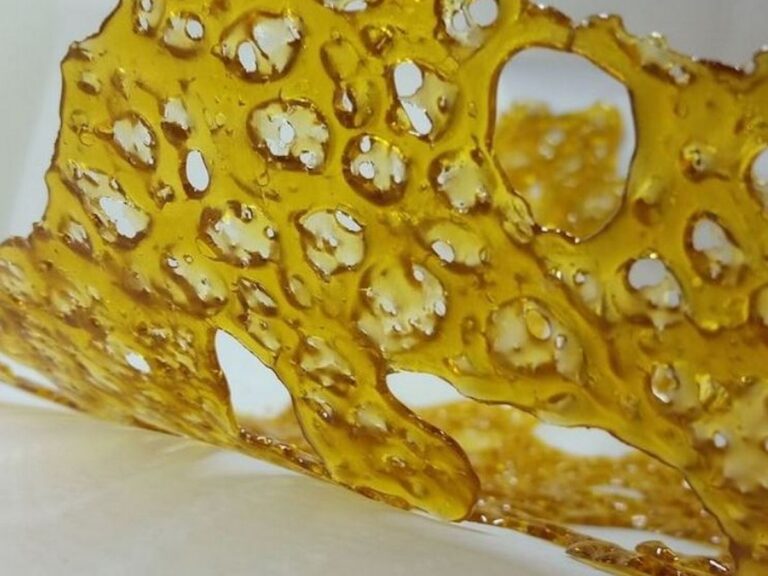

In legal cannabis markets in the US and Canada, some governments require BHO manufacturers to test all their products and ensure they are free of trace amounts of butane as well as other chemicals used to thin butane in the extraction process, such as neopentane and hexane, which are both known carcinogens. The health concerns of inhaling these chemicals are obviously very serious, but it's not really clear how damaging or toxic butane hash oil really is. These concerns typically have to do with the safety of inhaling toxic residual chemicals that weren’t purged properly in the manufacturing process, the extreme potency of these extracts, and safety concerns associated with making BHO at home.īudder made from butane may very probably contain residual chemicals leftover from the extraction process.

Is Budder Safe?Ĭannabis users have expressed some pretty reasonable concerns about the butane hash oils such as budder. To learn more about cannabinoids, make sure to check out our articles What Is THC and What Is CBD. The exact chemical profile of a particular batch of budder will largely depend on the strain it was made from, although alterations in temperature and the exact extraction method used may affect how well some of the more volatile cannabis compounds (particularly terpenes) are preserved in the final product. This process is similar to that of butane extraction but is typically performed using extremely low temperatures at high pressure, which turns the CO₂ into a supercritical fluid.īudder can be rich in a wide variety of cannabinoids and terpenes. Since there’s considerable concern surrounding the safety of butane concentrates (see below), some manufacturers choose to use CO₂ extraction in their manufacturing of budder. This agitation encourages the cannabinoids in the extraction to crystalize, which gives the final concentrate a thick, creamy, butter-like consistency. To give it its unique texture, budder is typically whipped or stirred aggressively during or after the purging process. The resulting liquid is then purged using air pressure and heat (which removes the butane). As the butane washes over the buds, it separates and absorbs the resinous trichomes from the plant matter. Dried and cured cannabis flowers are typically loaded into a container and doused (or “blasted”) with liquid butane. Like BHO, hash, and other concentrates, budder produces a unique high that many users find more clear-headed.īudder is typically made using butane extraction. Since these gadgets don’t actually combust the concentrate, they provide a much smoother smoke than a bong or joint. Dabs are typically vaporized using a vaporizer or dab rig. When extracted and purged properly, budder can contain a rich bouquet of concentrated terpenes that give off exceptional aromas and flavours which are completely different from what you might be used to from flower. Besides its high potency, some other reasons cannabis users love budder are: Thanks to better extraction techniques and cleaner purges, concentrate manufacturers are now capable of producing budder with cannabinoid concentrations of 70%, 80%, and even 90%. In the early days of BHO, budder wasn’t so highly sought after since it wasn’t as potent as other butane concentrates, but that has changed in recent years. What Are The Benefits Of Budder?Ĭoncentrates (or “dabs”) are the latest craze among cannabis users, and budder is drawing a particularly strong crowd.

Following extraction, budder undergoes a unique purging process that gives it its notoriously thick, creamy texture that, as the name suggests, closely resembles regular butter. While it is typically made using butane extraction, budder can also be made with CO₂ extraction, which is often touted for producing a cleaner final product. Learn more about the unique properties of budder below.īudder is a type of hash oil. budder or badder is arguably one of the most popular types of cannabis concentrate, loved for its unique texture and flavour. The world of cannabis extracts is rife with a huge variety of concentrates, each with unique textures, flavours, and names. Budder vs Crumble vs Shatter: What Is Best?.


 0 kommentar(er)
0 kommentar(er)
